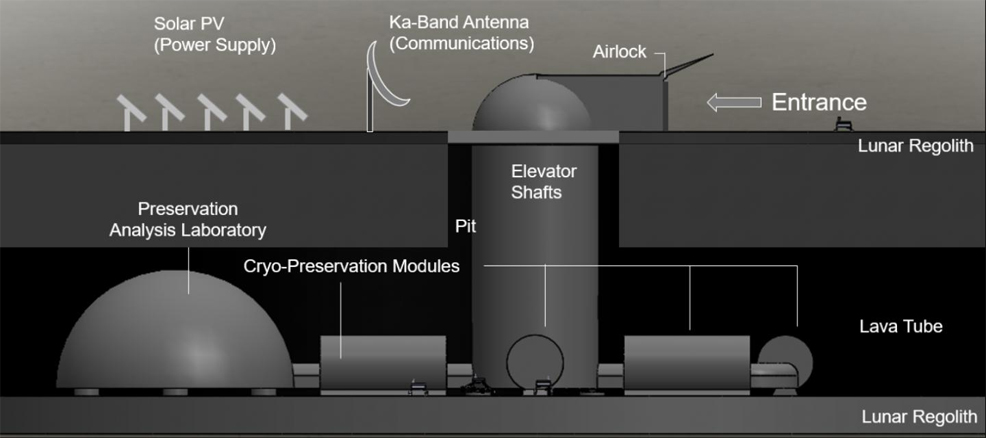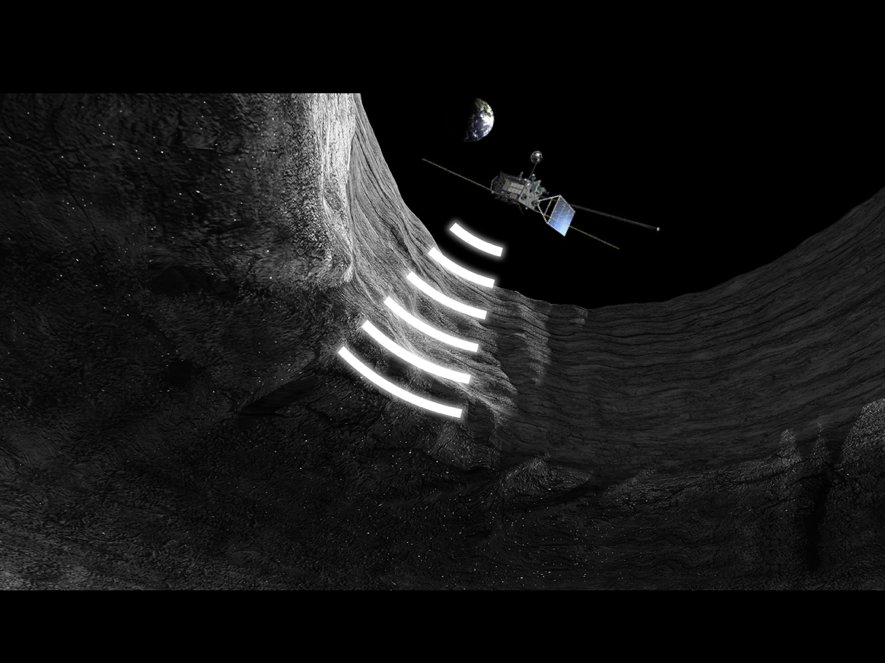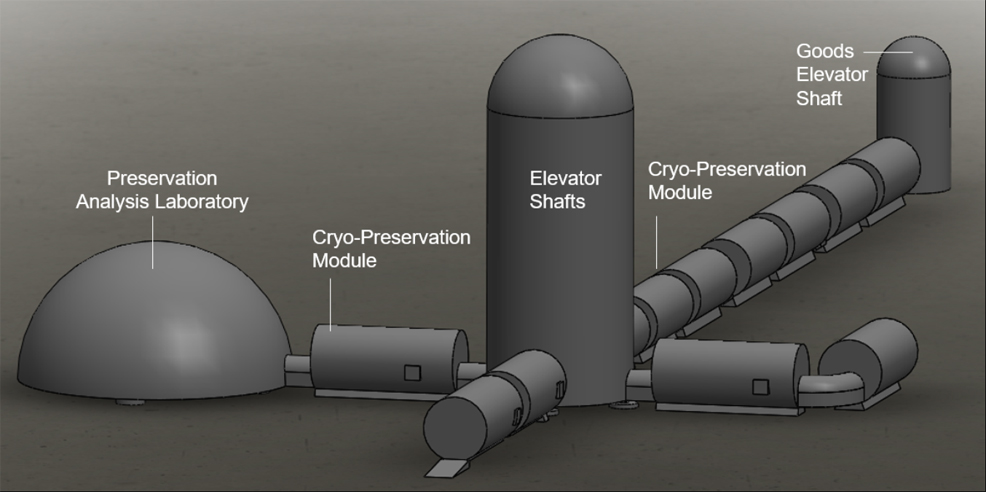
15th March 2021 Engineers design "lunar ark" to save Earth's species An ambitious project designed by a University of Arizona team aims to preserve humankind – and animal-kind, plant-kind and fungi-kind – in the event of a global crisis.
University of Arizona researcher Jekan Thanga is taking inspiration from an unlikely source: the biblical tale of Noah's Ark. Rather than two of every animal, however, his solar-powered ark on the Moon would store cryogenically-frozen seed, spore, sperm and egg samples from 6.7 million Earth species. Thanga and a group of his undergraduate and graduate students outlined their lunar ark concept, which they call a "modern global insurance policy," in a presentation at the IEEE Aerospace Conference. "Earth is naturally a volatile environment," said Thanga, Assistant Professor of Aerospace and Mechanical Engineering. "As humans, we had a close call about 75,000 years ago with the Toba supervolcanic eruption, which caused a 1,000-year cooling period and – according to some – aligns with an estimated drop in human diversity. Because our civilisation has such a large footprint, if it were to collapse, that could have a negative cascading effect on the rest of the planet." Climate change, he added, is another concern. If sea levels continue to rise, many places will go underwater – including the Svalbard Seedbank, a structure in Norway that holds thousands of seed samples to protect against biodiversity loss. In addition to supervolcanoes and climate change, other potential catastrophes include nuclear war, asteroid impacts, biowarfare, runaway AI or nanotechnology accidents. Thanga's team believes storing samples on another celestial body reduces the risk of biodiversity being lost if one event were to cause annihilation on Earth. Several years ago, scientists discovered a network of about 200 lunar lava tubes just beneath the Moon's surface. These formed billions of years ago when streams of lava melted their way through soft rock, leaving underground caverns. On Earth, lava tubes are often similar in size to subway tunnels, and are easily eroded by earthquakes, plate tectonics, water and other natural processes. By contrast, lunar lava tubes are much larger, thanks to the lower gravity and lack of weathering or erosion. Untouched for aeons, they could provide shelter from solar radiation, micrometeorites and temperature changes.
Building an underground lunar ark to serve as a "backup" for all of planet Earth's biodiversity is no small undertaking. However, Thanga believes it may not be quite as overwhelming as it sounds. Based on his calculations, transporting samples for each of the 6.7 million species would require about 250 rocket launches. For comparison, it took 40 rocket launches to build the International Space Station. "It's not crazy big," Thanga said. "We were a little bit surprised about that." The team's design for the ark includes a solar panel array on the Moon's surface that would provide electricity. Two or more elevator shafts would lead down into the facility, where petri dishes would be housed in a series of cryogenic preservation modules. An additional goods elevator shaft would be used to transport construction material so that the base could be expanded inside the lava tubes. To be cryopreserved, seeds must be cooled to –180°C (–292°F) and stem cells kept at –196°C (–320°F). As a reference for just how cold this is, the recent Pfizer COVID-19 vaccine must be stored at –70°C (–94°F). To solve the issues around this, Thanga and his team suggest taking advantage of a phenomenon called quantum levitation, in which a cryo-cooled superconductor material "floats" above a system of powerful magnets. The team's ark design uses this effect to make shelves of samples float above metal surfaces, with robots navigating through the facility above magnetic tracks.
There is much more research to be done on how to build and operate the ark, from investigating how the preserved seeds might be affected by a lack of gravity to fleshing out a plan for base communications with Earth. More details on the work so far can be seen in the team's video presentation. "What amazes me about projects like this is that they make me feel like we are getting closer to becoming a space civilisation, and to a not-very-distant future where humankind will have bases on the Moon and Mars," said Álvaro Díaz-Flores Caminero, a doctoral student leading the thermal analysis for the project. "Multidisciplinary projects are hard due to their complexity, but I think the same complexity is what makes them beautiful."
Comments »
If you enjoyed this article, please consider sharing it:
|









